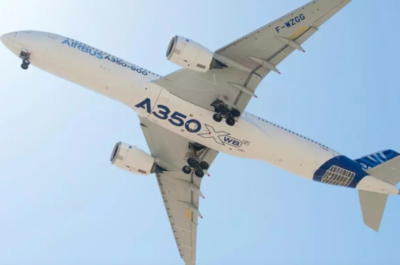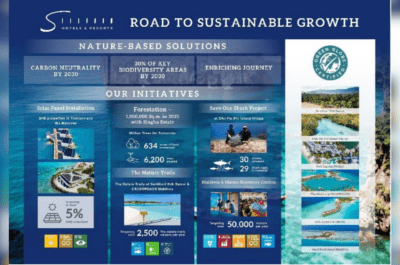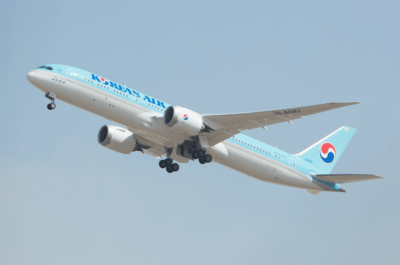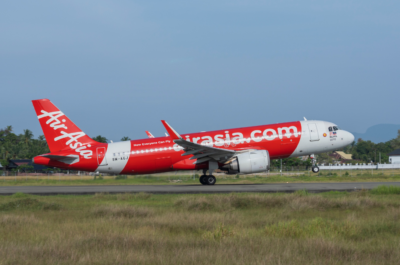…

Good morning to those in Geneva and Europe, and good evening to those joining from Asia. Today we are downgrading our profit forecast to $8.6 billion from the $9.1 billion that we predicted in December. That is a 46% fall from the $16 billion that airlines made last year. These may sound like big numbers, but that is for an industry which expects revenues of $594 billion this year. That means that the 2.9% margin of 2010 will shrink to 1.4% this year.
Oil
The biggest shift in our forecast is the price of oil. In December the consensus was for $84 per barrel (Brent). Today that has moved to $96. For each dollar that the oil price rises, airlines have to recover $1.6 billion in added costs. We estimate that fuel hedging is around 50% for the industry. So the extra $12 per barrel will add $10 billion to the fuel bill, bringing it to $166 billion. That is $27 billion more than in 2010. That is significant because fuel now moves from 26% of costs last year to 29% this year.
Positive Factors
Some of you might have expected a much more severe impact from the rise in oil. Fortunately a few other factors are positively impacting the industry. The first is the growth of the global economy. GDP forecasts in December were for 2.6% growth. That has risen to 3.1%. And so we have revised our growth forecasts upwards to 5.6% growth in the passenger business and 6.1% growth on the cargo side.
To meet this demand growth, airlines are adding about 6.0% in capacity – 5% from the 1,400 aircraft to be delivered in 2011 and 1% by better utilizing their long-haul fleets. This tight supply and demand environment will give the airlines some pricing power. In December we saw yields growing 0.5% for passenger traffic and flat for cargo. With stronger demand and tight capacity, passenger yield will grow by 1.5% and cargo by 1.9%.
Risks
But I should emphasize that this forecast has some big downside risks. Let me highlight two. The first is the oil price. The oil price rise is based on political fears with the Middle East unrest. If the price rises to levels that stall economic growth, the impact will be severe. The second is taxation. Recently we saw the UK Air Passenger Duty rise to GBP 2.9 billion, Germany announce a EUR 1 billion departure tax, and Austria a EUR 90 million departure tax. This year we have seen proposals to increase taxes in South Africa, Iceland and India. This is a price sensitive business. Adding taxes, which in some cases are 3-5% of the cost of a ticket on top of the rise in oil prices, is also a big risk.
Regional Results
How does this play out around the world? Asia-Pacific carriers will have the biggest profit of $3.7 billion. This is down substantially from the $7.6 billion that they made last year. Strong economic growth in the region is supporting profitability. But the Asia-Pacific carriers have not hedged fuel prices as much as in other regions. And China’s inflation fighting measures are slowing down trade and air cargo demand.
North American carriers are expected to deliver $3.2 billion profit, down from the $4.7 billion that they made in 2010. Tight supply and demand conditions resulting from very early cuts in capacity are seeing better conditions from yields than in other regions. So North America is proving more resilient to fuel price rises.
Europe is still weak. It made $1.4 billion profit last year. We see this falling to $500 million this year. The home market is weak. There is some strength in export markets and long-haul business travel on the back of the weak Euro. For its market size, the $500 million projected profit is really peanuts, an EBIT margin of just 1.1%.
The Middle East carriers will see their 2010 profit of $1.1 billion fall to $700 million. Egypt, Libya and Tunisia are about 20% of the region’s international traffic. Clearly they will be impacted by political turmoil. In the Gulf region, high oil prices bring economic activity and its hubs continue to gain market share on long-haul routes.
Latin American carriers will see their profits fall sharply from $1 billion in 2010 to $300 million. The region’s commodity-based economies are still robust, but oil prices will severely impact profits.
Finally African carriers will break even, down from the $100 million profit in 2010. The region’s economy continues to grow with increases in trade and foreign direct investment. But intense competition, particularly from the Middle East, is biting into business traffic.
Overall Situation
The situation of the industry today perfectly illustrates one of its structural weaknesses. The historical profit margin is just 0.1%. Last year we made a 2.9% margin. This year it will be 1.4%. We always say that the industry is fragile. It’s true. We are constantly walking on a tight rope of very thin margins. And there is no buffer against shocks. So everything that hits us has the potential to knock us over. The oil price situation this time is somewhat buffered by strong economies. But even a 1.5% fall in revenues could change the situation completely. So we have an industry that stumbles from crisis to shock with the margins of a charity association.
This is not sustainable. That is why I launched Vision 2050 at our last Annual General Meeting (AGM). In February I was joined by 35 strategic thinkers with the inspirational leadership of Singapore’s Minister Mentor Lee Kuan Yew and the competitiveness expertise of Harvard University’s Professor Michael Porter to look at the state of the industry and suggest ways to make it stronger. Michael Porter’s reaction to the industry was clear: “I have never seen such a mess”. We had a great day of discussions and will present the results at our upcoming AGM, which will be held in Singapore.
But as a sneak preview, two key themes emerged. The first was the need to turn airlines into a normal business with normal commercial freedoms of access to markets and capital and with the ability to merge. Today we are caught in a completely crazy situation. Half liberalized and half regulated. Unable to merge, and only able to exit the market with great difficulty.
The second is the Eastward shift of the industry’s center of gravity. By 2014 Asia-Pacific will account for 30% of all passengers. The next largest market would be North America at 23%. If you look at market capital, four of the top five airlines by market capital are in Asia-Pacific. And if you compare the infrastructure development of the regions, Asia is by far in the lead. China built 45 new airports over the last five years, and it just announced $230 billion of spending on 52 new airports over the next five years. The UK debated decades over a third runway for Heathrow and eventually decided against it.
So the future of this industry is being built in Asia. I know that we have many people on this call from Asia. We will be looking to airlines in that wonderful and growing part of the world to play a much bigger role in shaping a more profitable future for this industry. I am happy to take your questions.
TravelDailyNews Asia-Pacific editorial team has an experience of over 35 years in B2B travel journalism as well as in tourism & hospitality marketing and communications.






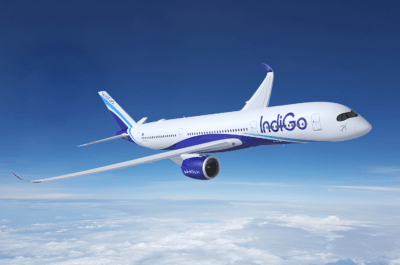






















![[PR] PR_Ascott and Vimut Hospital_2024](https://www.traveldailynews.asia/wp-content/uploads/2024/04/PR-PR_Ascott-and-Vimut-Hospital_2024-400x265.jpg)




